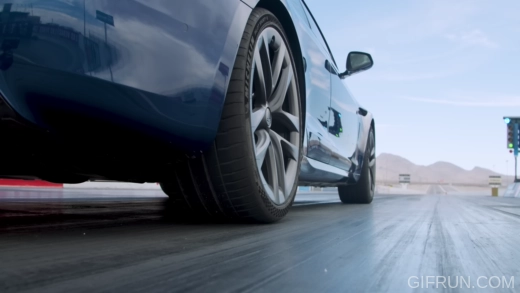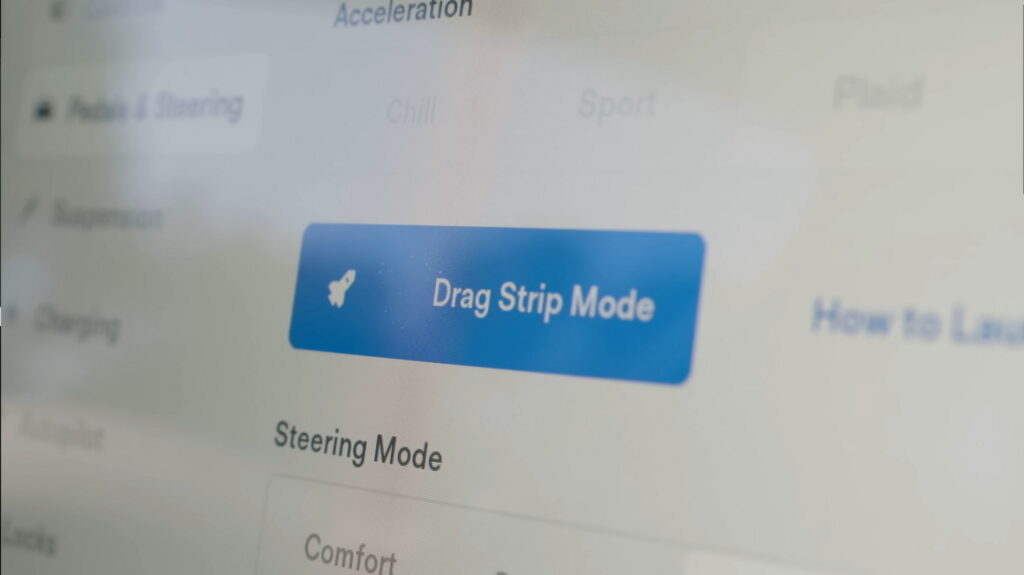Here’s how the Tesla Model S prepares its componentry and gets into the right stance to run the quarter-mile in less than 10 seconds
1 hour ago
 –>
–> 
by Sebastien Bell
–>
There was a period of time when every drag race video on YouTube seemed to feature a Tesla Model S Plaid. And there’s a good reason for that: the electric sedan could pretty much take all comers. Now, the automaker has deigned to explain how the car does it.
In a new video, one of the automaker’s performance engineers, Chris Mayfield, explains how the Model S Plaid prepares itself to accelerate quickly. All part of what Tesla calls Drag Strip Mode, here’s what’s going on under the hood.
To start, the Model S gets the cooling fans running. That, Mayfield explains, is to lower the temperature of the drive units as much as possible because they make the most power when they’re the coolest.
Read: Tesla Model S Plaid Makes Going Over 160 MPH On The Autobahn Look Like Child’s Play

Somewhat counterintuitively, at the same time, the batteries are being warmed up. The temperature is only being raised a little bit, says Mayfield, and only in order to get them into their optimal temperature range.
Then comes perhaps the best-known feature of Drag Strip Mode: Cheetah Stance. This is initiated by holding one’s left foot firmly on the brake, and pressing the accelerator pedal with the right foot.
advertisement scroll to continue
As with a combustion vehicle, the car squats a little bit when this happens as the motors strain against the brakes. The real trick with Cheetah Mode is that the adjustable suspension lowers the front end.
“What this does is it pre-loads the car low, and it improves front axle traction so that when you launch, instead of the front of the car coming up, and you lose traction off the front wheels, it actually holds the front of the car down as you accelerate, and gives you better grip all the way through the 0-60,” says Mayfield.
That, in addition to the enormous amount of power being directed to the ground through the Model S Plaid’s four wheels – three electric motors pump out 1,020 hp (761 kW/1,034 PS) – allows the car to accelerate to 60 mph (96 km/h) in around two seconds, and to run through the quarter-mile in less than 10 seconds.
[embedded content]
 –>
–> 
